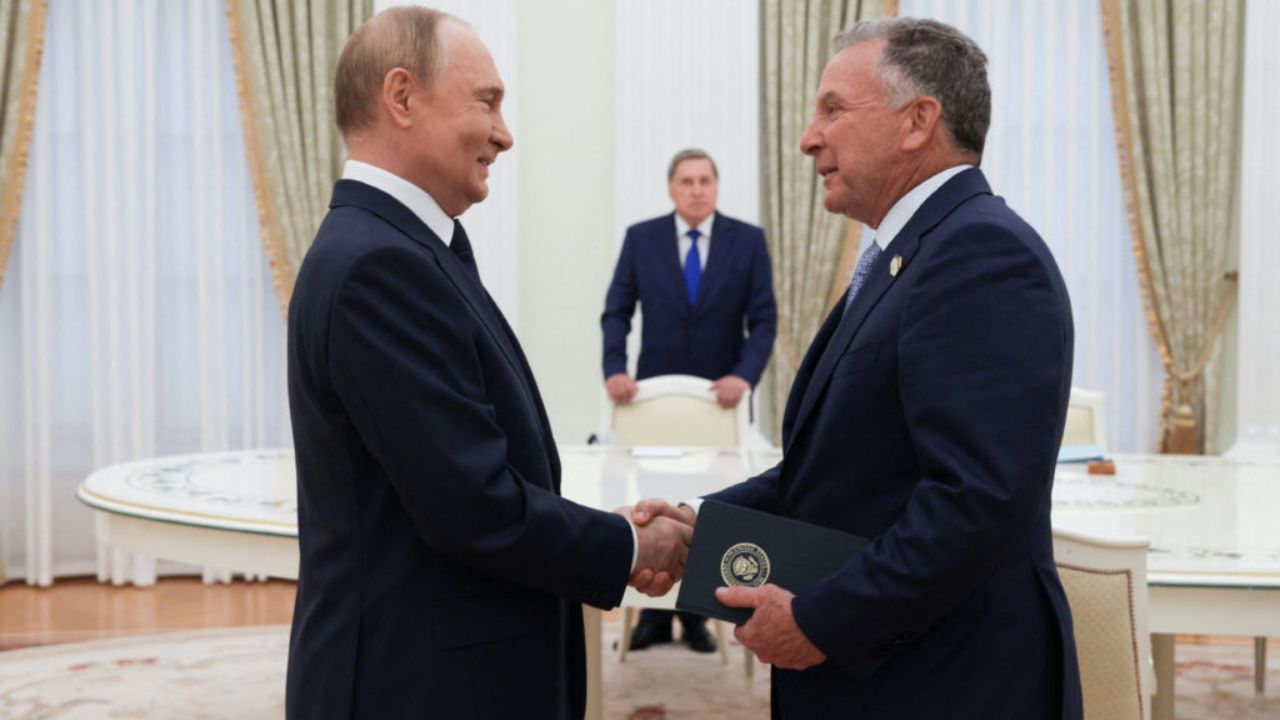 English
English

On 14 October, Witkoff phoned Yuri Ushakov, a top Kremlin adviser, and suggested that Russian President Vladimir Putin raise the idea with US President Donald Trump.

Russian President Vladimir Putin greets U.S. special envoy Steve Witkoff at the Kremlin in Moscow
Washington / Kyiv / Moscow: Behind the scenes of the emerging 28‑point peace plan between Russia and Ukraine lies a largely hidden actor: Steve Witkoff, a private envoy of the US, and not a traditional diplomat. Following the success of the Gaza ceasefire, Witkoff reportedly contacted senior Russian officials last month and proposed using the Gaza deal as a template for a comparable peace framework in Ukraine.
On 14 October, Witkoff phoned Yuri Ushakov, a top Kremlin adviser, and suggested that Russian President Vladimir Putin raise the idea with US President Donald Trump. He proposed a Trump‑Putin call before Ukrainian President Volodymyr Zelenskyy visited the White House, using the Gaza agreement as a bridge for diplomacy.
Within weeks, a roughly 28‑point draft peace plan emerged, a plan many describe as heavily tilted toward Russian interests, asking Ukraine for large territorial concessions, restrictions on its military and NATO aspirations, and granting Russia de facto recognition over regions such as Crimea, Luhansk, and Donetsk.
Why is the US intervening- a strategic step or just normal diplomacy?
The re‑emergence of US-led peace proposals reflects multiple strategic calculations, not purely humanitarian or idealistic motives:
But does the US really want war to end - or a Controlled Settlement?
The way the plan was crafted raises serious doubts about whether the goal is a just and lasting peace or a controlled ceasefire that preserves some of Russia’s gains:
What this means for Ukraine, Europe, and the idea of peace
It’s clear the US is actively shaping the diplomacy process, but not necessarily for a fair or lasting peace. The 28‑point plan, while framed as a peace roadmap, may represent a diplomatic endgame shaped to safeguard US and Russian interests, with Ukraine and its allies sidelined.